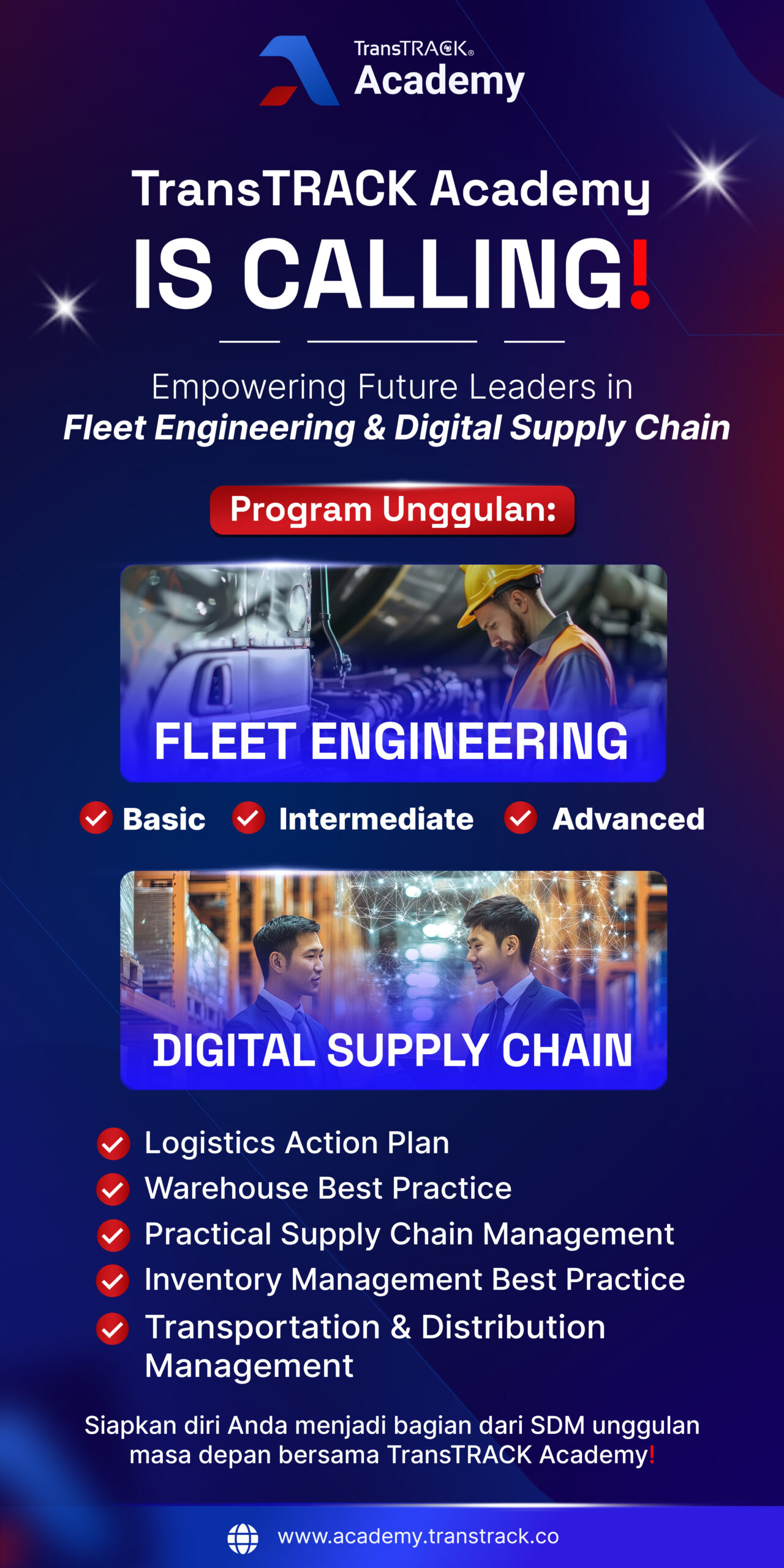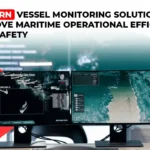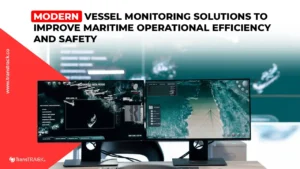Digital Transformation in the Maritime Industry to Optimize Ports and Logistics
Posted on January 27, 2025 by Nur Wachda Mihmidati
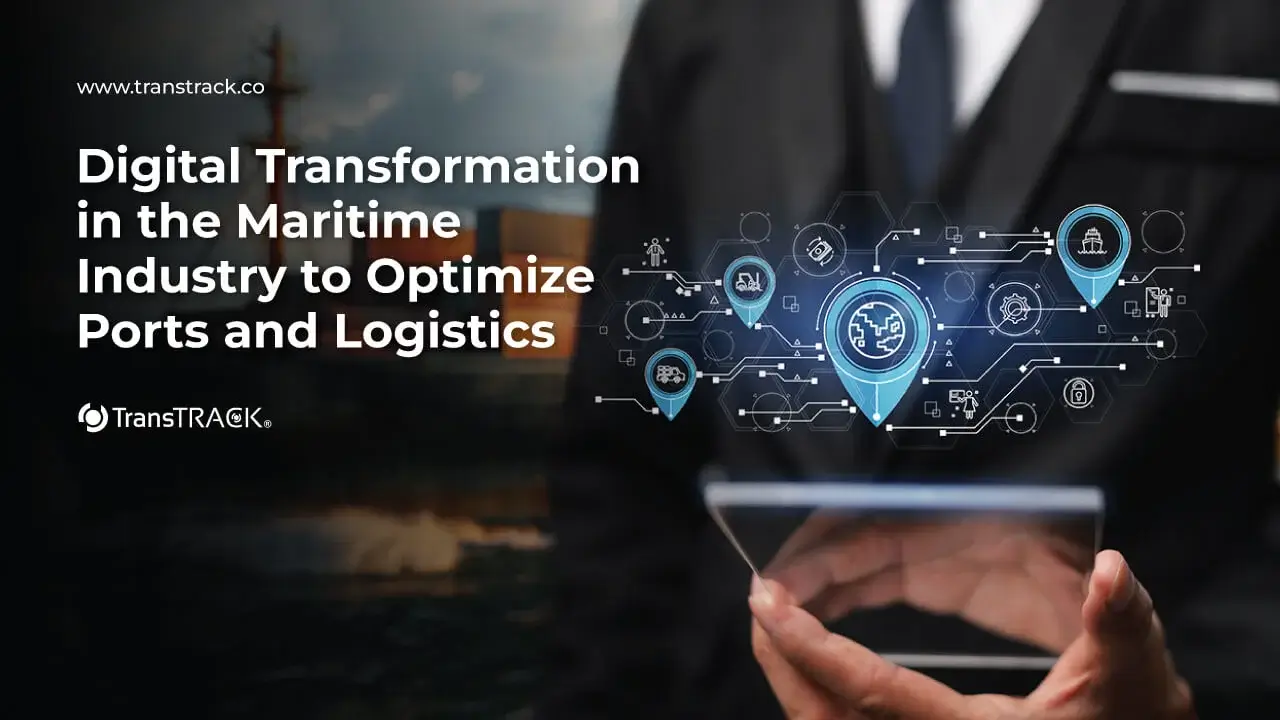
The maritime industry plays a vital role in the global economy, connecting countries by sea for international trade. As technology evolves, the sector faces challenges to improve operational efficiency and sustainability. Digital innovations, such as technology-based port management systems and automation, are now the solution to optimize maritime processes. This article will discuss how digital transformation in the maritime industry in several case studies, including solutions such as Port Transport System from TransTRACK, can improve the efficiency and sustainability of port operations and logistics management.
SOHAR Port and “Marasi” Port Management System in the Maritime Industry
- Background and Objectives SOHAR Port, located in Oman, introduced a web-based port management system named “Marasi.” The main objectives of the system were to improve operational efficiency, strengthen collaboration among various stakeholders, and increase transparency. The main objectives of the system were to improve operational efficiency, strengthen collaboration among various stakeholders, and increase transparency. By introducing a digital technology-based system, the port seeks to digitize operational processes that previously relied heavily on manual or paper-based systems.
- Features and Benefits
Some of Marasi’s key features include a mobile app for sea pilots that allows them to receive live information regarding ship and port conditions, as well as a real-time notification system that informs all stakeholders of operational changes or updates instantly. Marasi also facilitates automation in data exchange such as the submission of the Environmental Ship Index (ESI), which can help ports monitor the environmental impact of incoming vessel activities. In addition, the system also integrates data from various internal and external systems, simplifying data management and analysis, and supporting public access to vessel schedules and status updates. This enhances transparency, which is critical to increasing user confidence and encouraging more organized operations. - Impact on Oman Vision 2040
Maritime is part of Oman’s broader national strategy to achieve vision 2040, in which the country focuses on economic diversification and the development of non-oil sectors. By implementing advanced technologies in the port sector, Oman can attract more foreign investment, improve logistics efficiency, and serve as a major trade hub in the Middle East region.
Innovation in the Maritime Industry (TGI Maritime Software)
- Port Expansion Using Waste The Port of Gävle in Sweden pioneered the use of contaminated sediment dredging waste to expand the harbor area. This approach not only reduces the environmental impact of sediment disposal but also reduces the cost and need for new construction materials. By utilizing materials that were previously considered waste, the port is contributing to sustainability in port infrastructure development, demonstrating how the maritime industry can innovate to address environmental concerns while still developing operational capacity.
- Container Terminal Automation Port terminal automation is a major trend adopted by major ports to improve efficiency. In this regard, ports that have adopted automation technology experience significant improvements in terms of productivity and reduction in operational costs. For example, automated terminals can reduce reliance on manual labor, reduce human error, as well as speed up the process of loading and unloading ships. With 44 out of 1300 container terminals worldwide already fully automated, this trend is predicted to grow further, given the increasingly affordable and efficient technology.
- Big Data Utilization Big Data is an important element in the digital transformation of the maritime industry. Through the use of sensors and IoT (Internet of Things) devices, data generated by ships and ports can be analyzed to predict problems, optimize shipping lanes, and improve supply chain management. The use of Big Data also enables real-time monitoring of ship and port performance, and helps improve safety and cost savings in maritime operations. By utilizing this technology, shipping companies can improve their operational efficiency and minimize the environmental impact of their activities.
Inmarsat and Technology in Maritime Safety and Efficiency
- Satellite Communications Technology Inmarsat, as a global leader in satellite communications, develops a range of technology solutions that enable vessels to operate more safely and efficiently at sea. These technologies enable communication between ships and control centers even in remote waters unreachable by conventional communication systems. This is especially important for fleet management, weather monitoring, and coordination of international shipping operations. One of the reported case studies shows how the use of satellite technology has helped ships monitor engine condition and operational performance in real-time, enabling faster and more informed decisions on maintenance and repairs.
- Emergency Monitoring and Response In addition, Inmarsat also supports safety monitoring and emergency response systems. Through satellite communication services, ships can transmit emergency signals that connect directly to operations centers, enabling rapid response to emergency situations such as fires or accidents. This technology improves global shipping safety and reduces the risk of loss of life or property damage.
- Sustainability and Natural Resource Management Technologies developed by Inmarsat also support sustainability initiatives in the maritime industry. For example, systems that enable the monitoring and control of greenhouse gas emissions produced by ships. With international environmental regulations becoming increasingly stringent, this technology helps ships meet the set emission standards.
Conclusion
Digital innovation and transformation in the maritime industry, as reflected in these three case studies, shows how technology can bring about major changes in operational efficiency, sustainability and security. The implementation of digital port management systems such as Marasi, terminal automation, and the utilization of Big Data open up new opportunities to speed up processes and reduce costs. Meanwhile, satellite communication technology and real-time monitoring play a key role in improving safety and managing maritime operations more effectively. Through these innovative measures, the maritime industry can overcome existing challenges and head towards a more sustainable and efficient future.
The maritime industry is currently undergoing a major transformation thanks to ever-evolving technological innovations. The implementation of digital port management systems, automation, and the utilization of Big Data have brought significant operational efficiency and driven sustainability in every aspect of operations. However, to ensure that every aspect in the maritime supply chain functions optimally, a comprehensive, integrated, and data-driven solution is required.

Port Transport System (PTS) from TransTRACK can be the right solution to meet these needs. With the advanced PTS system, ports and logistics operators can manage and monitor the entire transportation process in real-time, from loading and unloading to distribution of goods. This technology provides better visibility into cargo status, optimizes logistics flow, and minimizes the risk of delays or operational errors.
By adopting Port Transport System from TransTRACK, shipping companies and port managers will not only improve their operational efficiency, but also reduce costs and environmental impact, while increasing customer satisfaction levels through faster and more transparent services.
Contact us now to find out more about how Port Transport System from TransTRACK can digitize and optimize your maritime operations!
Recent Post
Topic :
Recommended Articles
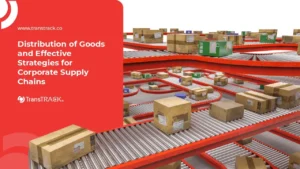
 Bahasa Indonesia
Bahasa Indonesia


